Q: Ash, why does it take “10-15 minutes” to prepare my prescription? Aren’t the medications right there and ready to go?
A: Most medications are there (if arrangements are made, the medications can be ready to go), some need to be ordered, all medications must be properly processed. The prescription must be entered into the computer system. A new patient needs to have a profile entered into the pharmacy's system. The Rx label is then printed. The patient's third party eligibility is determined. All information needed for billing a prescription for adjudication of claim is processed. The prescription is then filled according to the 5 patient rights; right dose, right drug, right patient, right route, right time. The prescription is labeled. The Pharmacist must check and sign off on all prescriptions. The patient must sign for narcotics, partial fills, and if they are receiving the balance of an Rx. The Pharmacist may need to counsel the patient about the use of their Rx, before they leave the pharmacy.
Q: Ash, what is ‘compounding’? I see and hear this term, but what does it mean and why do I care?
A: The art and science of preparing personalized medications for patients. Compounded medications are made based on a doctor’s prescription in which individual ingredients are mixed together to (factors include age, medical condition, sex, weight) get the exact strength and dosage form required by the patient. You should care because it’s personalized to you.
Q: Ash, why do I have to take all my medications if I feel better after a few days? Can’t I just save them for the next time I need them?
A: Medications designed for short term illness must be completed, the patient may feel better however the bacteria/virus may still survive if the medication is stopped too soon. Medications for longer-lasting illness must be taken to maintain the patient's optimal health. The exception to this would be for pain killers. In most cases it is better to get the patient off pain medication as soon as possible. Patient compliance with medication is a very important part of therapy.
Q: Ash, how do I know if my new medication is safe to take with my other medications?
A: Pharmacy dispensing programs are designed to flag/alert for Adverse Drug Reactions (ADRs) and interactions with the words Low, Moderate, Severe, Lethal. The Pharmacist should counsel the patient and offer information sheets that cover all medication interactions, including what foods to avoid.
Q: Ash, what should I always have on hand in my medicine cabinet?
A: People go to medicine cabinets to find relief. Outdated medicines, on the other hand, go to medicine cabinets to die a slow and undignified death. There's the penicillin from 1997, the eye drops with the label worn off, the reddish goop that may have once been cough syrup. And amid all these sputtering bottles and vials, you can't find one measly Band-Aid!
It is important to have the basic prescriptions and the tools to treat minor cuts and burns, headaches, fevers, coughs, itching, allergies, or a runny nose. Your medicine cabinet should be maintained and updated so that nothing goes past expiry dates and is current with your basic medical needs.
Here’s an example of a well-stocked medicine cabinet:
- Aspirin, Tylenol, Advil, or Midol
- Claritin
- Eye Drops
- Maalox or Mylanta
- Calamine Lotion
- Benadryl Cream
- Cortisone
- Benzoyl Peroxide
- Compound W
- Tinactin
- Canesten
- Thermometer (electric)
- Toothpaste
- Floss
- Spare Toothbrush
- Medical Tape
- Bandages*
- Gauze Pads*
* A box of adhesive strips in assorted sizes and a box of gauze pads (the large size, 4x4 inches that can be cut to size), will be adequate to dress most cuts, scrapes, and burns
You may also want…
- Hydrogen peroxide (to clean wounds, it stings less than alcohol)
- Antibiotic bandages or antibiotic ointment (to protect and moisten a closed wound or minor burn)
- Liquid bandage
- Butterfly bandages
- Magnifying glass
- Tweezers (to remove splinters)
- Eyeglass repair kit
- Anbesol, Orajel, and Zilactin (for toothaches, gum pain, teething pain, canker sores, and cold sores)
- Temparin and Dentemp (contain dental cement for temporarily replacing a lost filling or crown)
- Pill cutter** (handy if you need to cut a dose in half)
** Always ask your doctor or me (your pharmacist) first if cutting the pill will change the rate at which it dissolves, and whether that matters
Remember! Always keep your medicine cabinet child safe!!!
“This is the best Pharmacy ever. The Pharmacists are very very helpful and extremely compassionate when it comes to feelings and medical needs. I couldn’t imagine going anywhere else. Ash has to be the best person in this field and I am so thankful to have Ash as my Pharmacist.”

